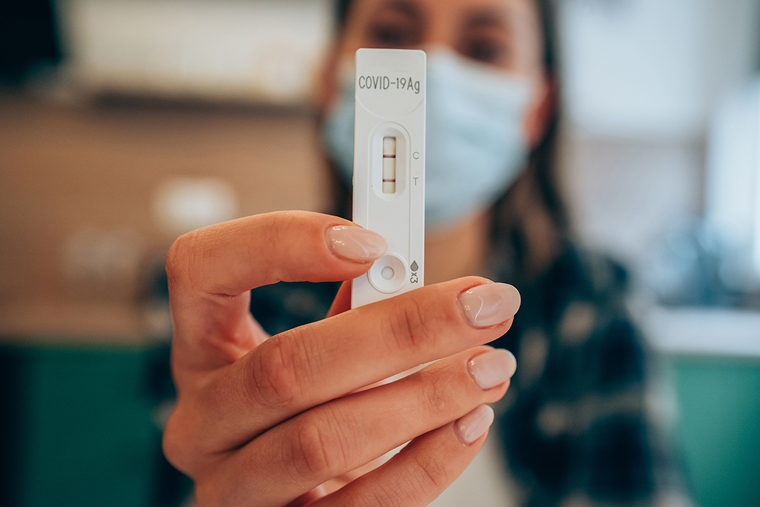COVID-19の陽性反応後、数ヶ月間症状が続く Symptoms persisted for months after a positive test for COVID-19
2022-03-24 ワシントン大学セントルイス

(Photo: Getty Images)
<関連情報>
- https://source.wustl.edu/2022/03/covid-19-infection-linked-to-higher-risk-of-neuropathy/
- https://journals.lww.com/pain/abstract/9900/post_acute_sensory_neurological_sequelae_in.32.aspx
SARS-CoV-2感染症患者における急性期以降の感覚神経学的後遺症:COVID-PN観察的コホート研究 Post-acute sensory neurological sequelae in patients with SARS-CoV-2 infection: the COVID-PN observational cohort study
Odozor, Chioma U.; Kannampallil, Thomas; Ben Abdallah, Arbi; Roles, Kristen; Burk, Carrie; Warner, Benjamin C.; Alaverdyan, Harutyun; Clifford, David B.; Piccirillo, Jay F.; Haroutounian, Simon
PAIN: March 24, 2022 – Volume – Issue – 10.1097/j.pain.0000000000002639
doi: 10.1097/j.pain.0000000000002639
Abstract
Severe Acute Respiratory Syndrome Coronavirus 2 (SARS-CoV-2) infection can cause neurological sequelae after the resolution of symptomatic COVID-19 illness, but the occurrence of peripheral neuropathy symptoms and cranial nerve dysfunction is unknown. This study aimed to characterize the occurrence and severity of pain and peripheral neuropathy symptoms in patients with SARS-CoV-2 infection.
An observational cohort study included adults tested for a SARS-CoV-2 infection at an academic medical center (assigned as CV+ or control, based on test results). 30-90 days after the index SARS-CoV-2 test, patients completed a web-based questionnaire assessing pain, peripheral neuropathy-related sensory symptoms, and symptoms in the distribution of cranial nerves (current symptoms, symptoms at testing and two weeks thereafter). Univariate analyses compared the outcomes between the groups. Multivariable analysis was used to determine the odds for neuropathy symptoms after adjusting for key baseline variables.
1556 participants were included: 542 CV+ and 1014 controls. CV+ patients reported a higher occurrence of peripheral neuropathy symptoms in the extremities anytime within 90 days post-infection (28.8% vs 12.9%, OR [95%CI] =2.72 [2.10-3.54]), as well as such symptoms persisting up to 90 days after infection (6.1% vs 1.9%, OR=3.39 [1.91-6.03]). The occurrence of pain in the extremities was higher in the CV+ group (24.2% vs 9.8%, OR=2.95 [2.21-3.91]). SARS-CoV-2 infection was also associated with higher occurrence of peripheral neuropathy symptoms, after adjusting for the history of chronic pain and neuropathy (OR=3.19 [2.37-4.29]. The results suggest that SARS-CoV-2 infection was independently associated with an increased risk of pain and peripheral neuropathy symptoms.


